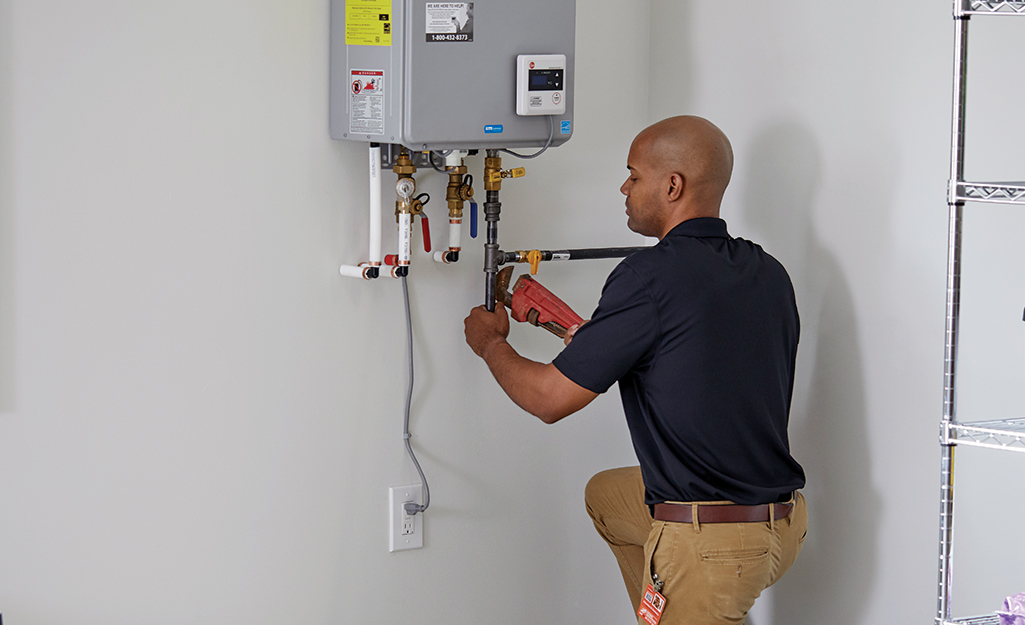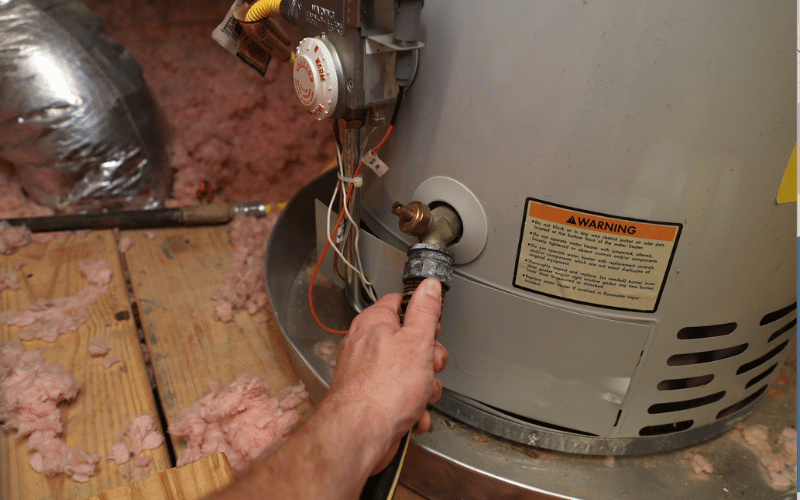Ensuring Longevity of Your Home's Hot Water System: Care Tips
Go DealPresented here further down you will discover a lot of professional answers in relation to How to Maintain a Hot Water Heater in a Few Simple Steps.

Hot water is essential for day-to-day comfort, whether it's for a rejuvenating shower or cleaning recipes. To ensure your hot water system runs successfully and lasts much longer, routine maintenance is vital. This article offers practical tips and understandings on exactly how to maintain your home's warm water system to prevent disruptions and expensive repair work.
Intro
Maintaining your home's warm water system might seem complicated, but with a few straightforward steps, you can ensure it operates efficiently for several years to come. This guide covers whatever from comprehending your warm water system to do it yourself upkeep pointers and knowing when to hire expert assistance.
Value of Preserving Your Warm Water System
Routine upkeep not just expands the life-span of your warm water system yet additionally guarantees it runs effectively. Ignoring maintenance can result in decreased efficiency, higher energy bills, and even premature failing of the system.
Signs Your Warm Water System Requirements Maintenance
Understanding when your hot water system needs interest can avoid major issues. Look out for signs such as inconsistent water temperature, strange sounds from the heating system, or corroded water.
Recognizing Your Warm Water System
Prior to diving into upkeep tasks, it's useful to understand the standard elements of your hot water system. Commonly, this consists of the water heater itself, pipelines, anode poles, and temperature controls.
Month-to-month Maintenance Tasks
Regular month-to-month checks can help capture minor concerns before they intensify.
Flushing the Water Heater
Purging your water heater gets rid of sediment accumulation, boosting effectiveness and lengthening its life.
Checking and Replacing Anode Rods
Anode poles protect against corrosion inside the tank. Inspecting and replacing them when worn is vital.
Inspecting and Adjusting Temperature Settings
Readjusting the temperature level setups ensures optimal performance and security.
DIY Tips for Upkeep
You can do numerous upkeep tasks yourself to maintain your warm water system in top problem.
Looking for Leaks
Routinely evaluate pipelines and connections for leakages, as these can cause water damage and greater expenses.
Checking Pressure Relief Valves
Testing the stress safety valve guarantees it operates appropriately and stops extreme pressure buildup.
Shielding Pipelines
Protecting hot water pipelines minimizes heat loss and can save power.
When to Call a Specialist
While do it yourself upkeep is valuable, some concerns call for specialist experience.
Complicated Problems Needing Professional Help
Examples consist of significant leakages, electric issues, or if your water heater is regularly underperforming.
Routine Professional Upkeep Perks
Expert maintenance can include comprehensive examinations, tune-ups, and guaranteeing compliance with safety standards.
Conclusion
Regular maintenance of your home's hot water system is essential for performance, durability, and expense savings. By following these suggestions and knowing when to seek professional help, you can make certain a trustworthy supply of warm water without unforeseen interruptions.
Water Heater Maintenance Tips
Test the TPR Valve
Shut off the power and the cold-water supply valve. Place a bucket under the pipe connected to the temperature-pressure-release (TPR) valve on the top or side of the tank. (This valve opens if the tank pressure gets too high.) Lift the valve’s tab to let some water out, then let go. If water keeps flowing, drain the tank partway, unscrew the old valve with a pipe wrench, and install a new one. Check the Anode Rod
Put a hose to the tank’s drain cock and let out a few gallons of water. Now fit a 1 1/16-inch socket onto the rod’s hex head on top of the heater (or under its top plate) and unscrew the rod. If it’s less than ½ inch thick or coated with calcium, buy a new one, wrap its threads with Teflon tape, put it back in the tank, and tighten securely. Use this segmented rod if headroom above the tank is limited. Drain the Tank and Wash Out Sediment
Drain the remaining water in the tank into the bucket, then stir up the sediment on the tank’s bottom by briefly opening the cold-water supply valve. Drain and repeat until clean water comes out of the hose. Close the drain cock, refill the tank, and turn its power back on. Adjust the Temperature
Find the temperature dial on the side of the tank and unscrew its cover. Adjust the dial to 120 degrees using a flathead screwdriver. For every 10 degrees the temperature is lowered, you can expect to save up to 5 percent in energy costs. Turn the water heater off or the thermostat down to its lowest setting if you plan to be away from home for more than three days. Insulate the Pipes
Buy some self-sticking 3/8-inch-thick foam pipe insulation that matches the pipes’ diameter. Slide the foam over the hot-and cold-water pipes as far as you can reach. Insulating the cold-water pipe prevents condensation in summer. Peel the tape and squeeze the insulation closed. If the pipe is 6 inches or less from the flue, cover it with 1-inch-thick unfaced fiberglass pipe wrap. https://www.thisoldhouse.com/plumbing/21016402/how-to-maintain-a-water-heater

I hope you enjoyed our piece on Tips on Maintaining a Water Heater. Many thanks for taking a few minutes to browse our posting. Sharing is nice. Helping people is fun. We appreciate reading our article about How to Maintain a Hot Water Heater in a Few Simple Steps.
Start Now